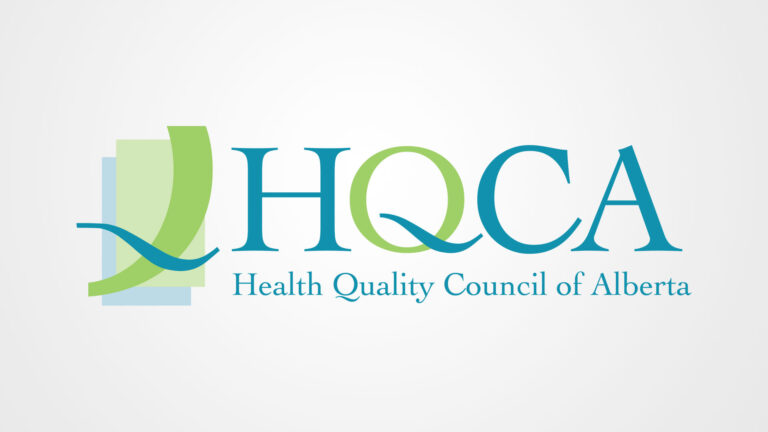
It’s been a big task.
Pharmacy teams across Alberta have been working towards complying with the first two priorities of the Standards for Pharmacy Compounding of Non-sterile Preparations by completing their risk assessments and addressing compounding and cleaning, personnel training, and quality assurance. Once those two priorities are met, it will be time to tackle the third priority: facilities and equipment. For pharmacies providing non-sterile compounding services, this priority must be achieved by July 1, 2020.
The standards have specific requirements for facilities that may call for renovations, including the following:
- Compounding areas must be large enough for compounding personnel to be able to work comfortably and safely. There must be room to store equipment and products in an orderly fashion, in clean and secure surroundings.
- Containment primary engineer control(s)s (C-PEC) or powder hood(s), must be in place, depending on the compounds being prepared.
- Compounding areas must have an eyewash station and any other emergency or safety equipment required.
- Secondary engineering controls like adequate ventilation, air changes per hour (ACPH), and negative pressure gradients must be in place, depending on the compounds being prepared.
- A clean water supply with hot and cold running water must be available in, or close to, the compounding area.
The new standards might also require an investment in new equipment, which must be appropriate for the type of preparations being compounded and must meet any of the requirements set out in the standards.
Pharmacy teams will also be required to maintain and clean the facilities and equipment regularly, and have appropriate training, policies, and procedures in place.
Meeting the standards might be a significant investment into policies and procedures, facilities, equipment, and training for some pharmacies. The key word in that sentence is “investment.” By definition, investments come with an expectation of some benefit in the future. The benefit to your pharmacy can be boiled down to one word: safety.
ACP pharmacy practice consultants (PPCs) have been evaluating Alberta pharmacies to ensure their compliance with the standards. Tim Fluet, PPC responsible for central Alberta, says if equipment is not clean or in good working order, there is a risk of contamination of the product being compounded and/or exposure possibilities for pharmacy team members.
“A good example is your ventilation system or powder containment hood,” said Tim. “If it’s not performing its role and not working as it’s supposed to, then you’re potentially exposing yourself to the active pharmaceutical ingredients (APIs) you’re compounding.”
Even if your pharmacy does not work with hazardous materials when compounding, it is also important to have an eyewash station and other emergency equipment available.
“Safety data sheets for APIs outline the possible risks and recommendations or requirements to keep personnel safe,” said Tim. “An eyewash station and other emergency equipment are often recommended. If you’re compounding infrequently or in small volumes, you could still expose your eyes or other sensitive areas to some of the APIs. Even if they’re not considered hazardous materials, they could still be harmful.”
One of the most important contributing factors to team member and patient safety is the requirement that non-sterile compounding be conducted in a separate area from the rest of the pharmacy.
“If an area is used for multiple purposes, it compromises the state of control,” said Tim. “You would then run a higher risk of contamination, not only microbial but cross-contamination with other products. Another factor is workflow. If you have lots of traffic, you’re generating a lot of dust and there’s more likely to be an error. One of the risk factors that we look for in our risk assessment is uninterrupted workflow. That contributes to safety and a quality product as well.”
Edmonton’s Crestwood Apothecary has been providing compounding services since 1999 but made a significant investment three years ago by creating a separate space specifically for compounding, one floor above its community pharmacy space.
Owner and licensee Mike Wolowyk says having a separate space for compounding has reduced distractions for his team, which has led to increased accuracy and, therefore, patient safety.
“I’ve never worked in a pharmacy that wasn’t a bee hive of activity,” said Mike of typical community pharmacies. “The phones are ringing, people are coming in, and you’re just used to it. Our compounding lab is no-public access. It gives our pharmacy technicians the ability to work quietly and calmly, check their math, check their weights, and do something consistently. They don’t need to break off when a patient comes in to pick up a prescription, or the phone is ringing, and someone has a question. They can concentrate and follow through from start to finish on a compound. After a month in there, you could tell our team was more relaxed and more accurate. It’s much more conducive to quality compounding.”
Mike, however, is not finished yet. He has several renovations still to come to ensure his compounding facility will meet the standards by July 1, 2020.
“The new standards call for level C compounds to be done under negative pressure,” he said. “We have to have air flow coming in at a measured rate and it has to generate a lower amount of pressure in the room we’re working in compared to the surrounding space. We’ll need to change our HVAC system so that it’s venting to the outside of the building. The air that gets sent out has to be HEPA-filtered before it’s released into the environment. I decided to take safety up another notch by making the entire non-sterile compounding space under negative pressure. This will create a much safer environment for the whole team.”
No matter how it’s completed, non-sterile compounding comes with risks to both patients and pharmacy team members. Complying with the standards is essential. Critically analyzing all potential risks, providing training, taking quality assurance measures, and investing in facilities and equipment will all contribute to team member and patient safety.
“It may seem like a lot, but it’s really in your best interest to minimize risk,” said Tim. “It’s not worth it to cut corners or put you or your staff into a situation where they may have some health consequences.”
For more information to help your pharmacy meet all three priorities, visit the non-sterile compounding standards page on the ACP website.




